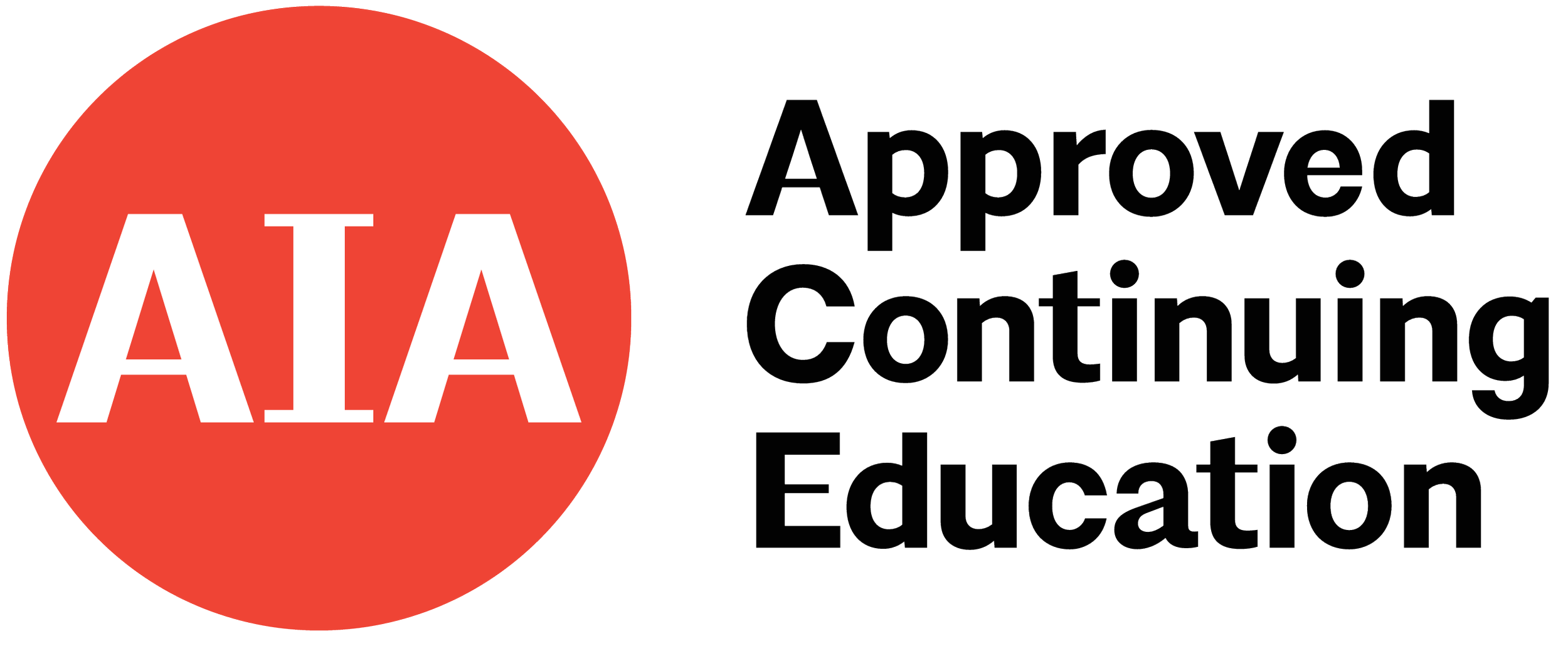CEUs
2 LU/HSW
Location
Zoom
Program Overview
A panel discussion on the OBC Administrative Rules, legal aspects of code administration, building department rules, the ever-growing use of industrialized units/pre-manufactured units and how these aspects of design and construction can empower architects in the creation of more sustainable and safer buildings.
The primary content of this program and learning objectives is derived directly from the Ohio Building Code, related adopted codes and the standards adopted by the OBC. Architects’ drawings are not only directives for construction but also key elements of the legal approval and code enforcement process. A deeper understanding of these learning objectives about rules will clarify how and why codes are central to architectural practice and empower architects to provide improved designs and be more effective problem solvers during construction.
Learning Objectives
Learn how our family of code standards were created, how they are promulgated and what’s on the horizon. Learn about OBC Chapter 1, the Administrative Rules often ignored by architects. These Rules explain the requirements and documentation required for comprehensive plans submittal. These enable the architect to develop Construction Documents which reduce risk and empower architects to design safer, healthier and more sustainable buildings.
Learn about the legal aspects of code administration and enforcement and what constitutes a complete application for approval. Understanding the roles, responsibilities and accountability of owners, the architect, the building official, plans examiners, inspectors, licensing organizations, code organizations and the OBBS enables the development of a project which addresses the primary goals of health, safety and welfare in our built environment.
Learn about the variety of building departments, how they are certified, sub-department certifications, staff certifications, outsourcing between governments, mutual aid, the effect of fire departments and the Ohio Fire Code, and how these people affect your design approvals, the construction processes, and help assure the safety of the occupants and therefore obtain the final occupancy permit.
Learn about the use and approval process of industrialized/pre-manufactures units. As technological advances change the design and construction process you will learn key principles about how approvals, inspections and labeling concepts enable these advances. Participants will also learn the limits of authority and responsibility of the local building departments and how to successfully integrate approvals into their work. The understanding of these critical items will help architects, during project development, to produce strong designs and Construction Documents which support the code objectives of the health, safety and welfare of the occupants and users.
Panelists
Regina Hanshaw, Attorney – Executive Secretary of the OBBS.
Jay Richards, OBBS Staff Architect – Assistant Construction Codes Administrator overseeing the Industrialized Unit Program.
Patrick Hillier, AIA, Certified Building Official and Master Plans Examiner – City Architect for Kettering, Ohio.
Moderator:
Terry Welker, FAIA, Certified Building Official and Master Plans Examiner
Sponsor
The Academy Education Summit is organized by AIA Cincinnati and AIA Dayton with sponsorship from ConstructConnect.
Continuing Education Details
Course Number: D10272
Instructional Delivery Method: Live
AIA CES Program Approval Expiration Date: 9/23/2025
Prerequisites: None
Program Level: Beginner
Advance Learner Preparation: None
AIA CES Provider statement
AIA Cincinnati is a registered provider of AIA-approved continuing education under Provider Number 088. All registered AIA CES Providers must comply with the AIA Standards for Continuing Education Programs. Any questions or concerns about this provider or this learning program may be sent to AIA CES (cessupport@aia.org or (800) AIA 3837, Option 3).
This learning program is registered with AIA CES for continuing professional education. As such, it does not include content that may be deemed or construed to be an approval or endorsement by the AIA of any material of construction or any method or manner of handling, using, distributing, or dealing in any material or product.
AIA continuing education credit has been reviewed and approved by AIA CES. Learners must complete the entire learning program to receive continuing education credit. AIA continuing education Learning Units earned upon completion of this course will be reported to AIA CES for AIA members. Certificates of Completion for both AIA members and non-AIA members are available upon request.



